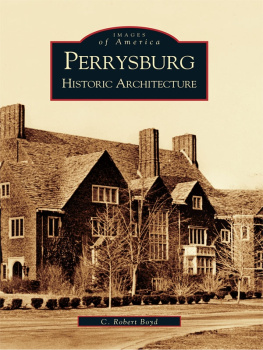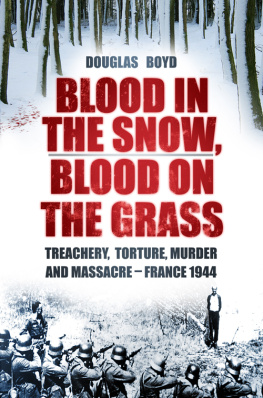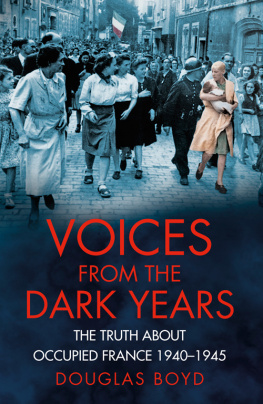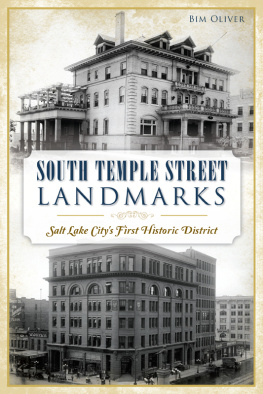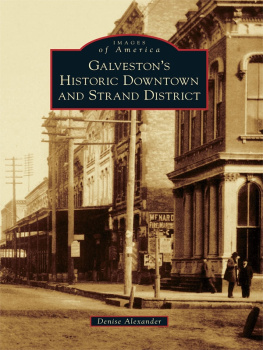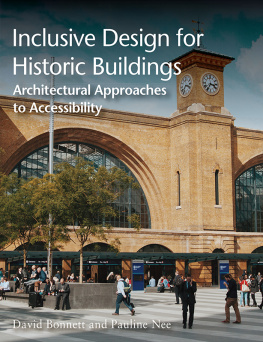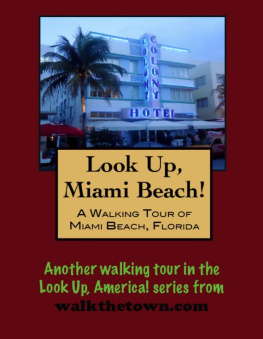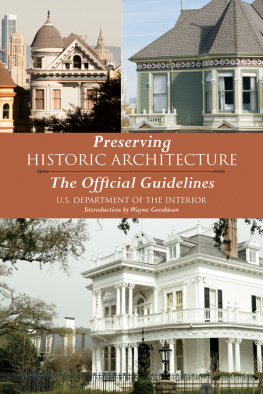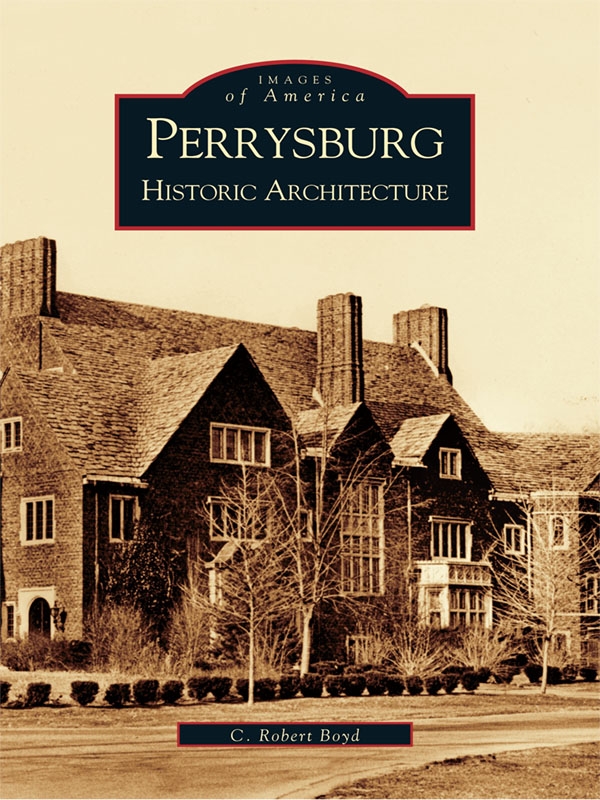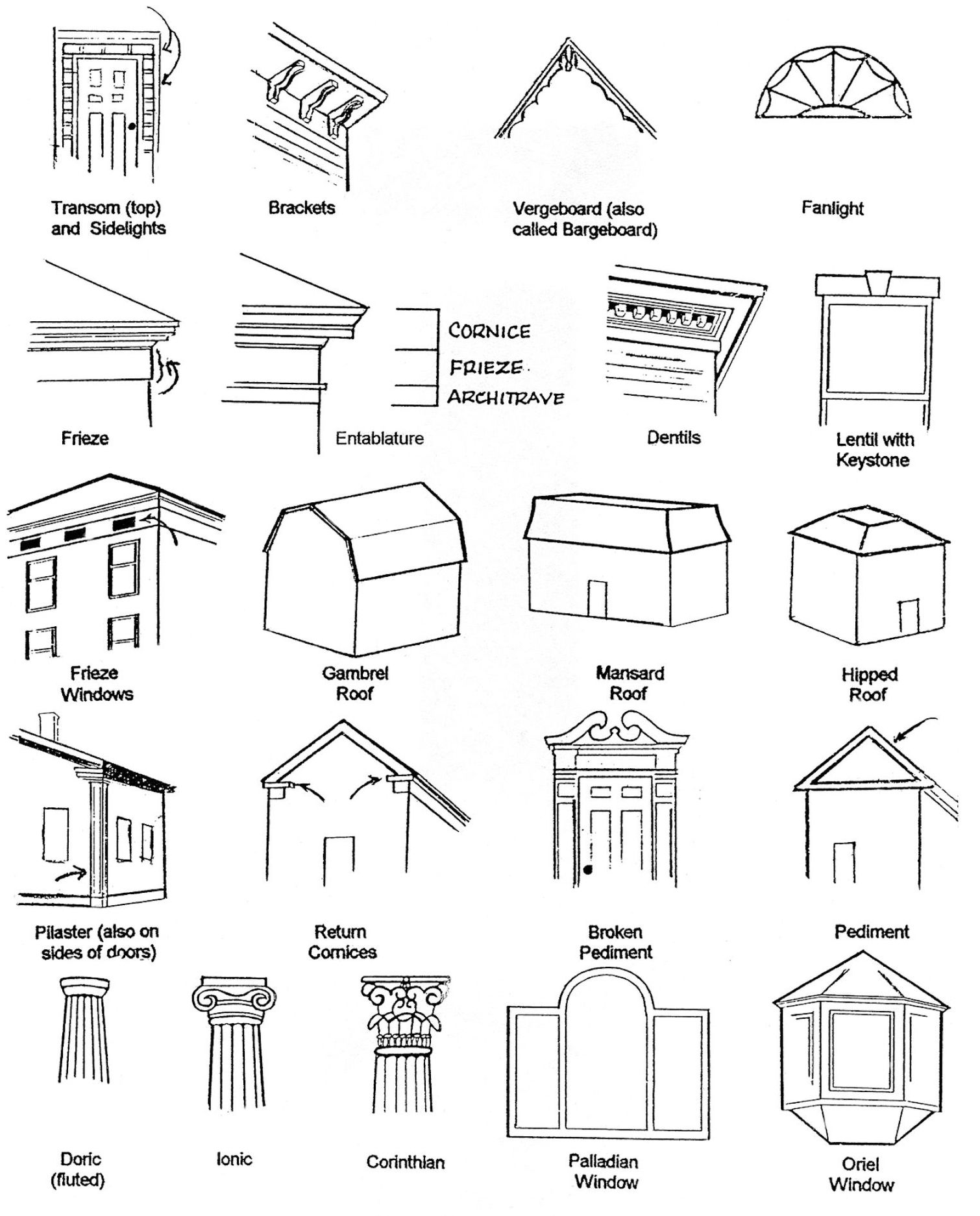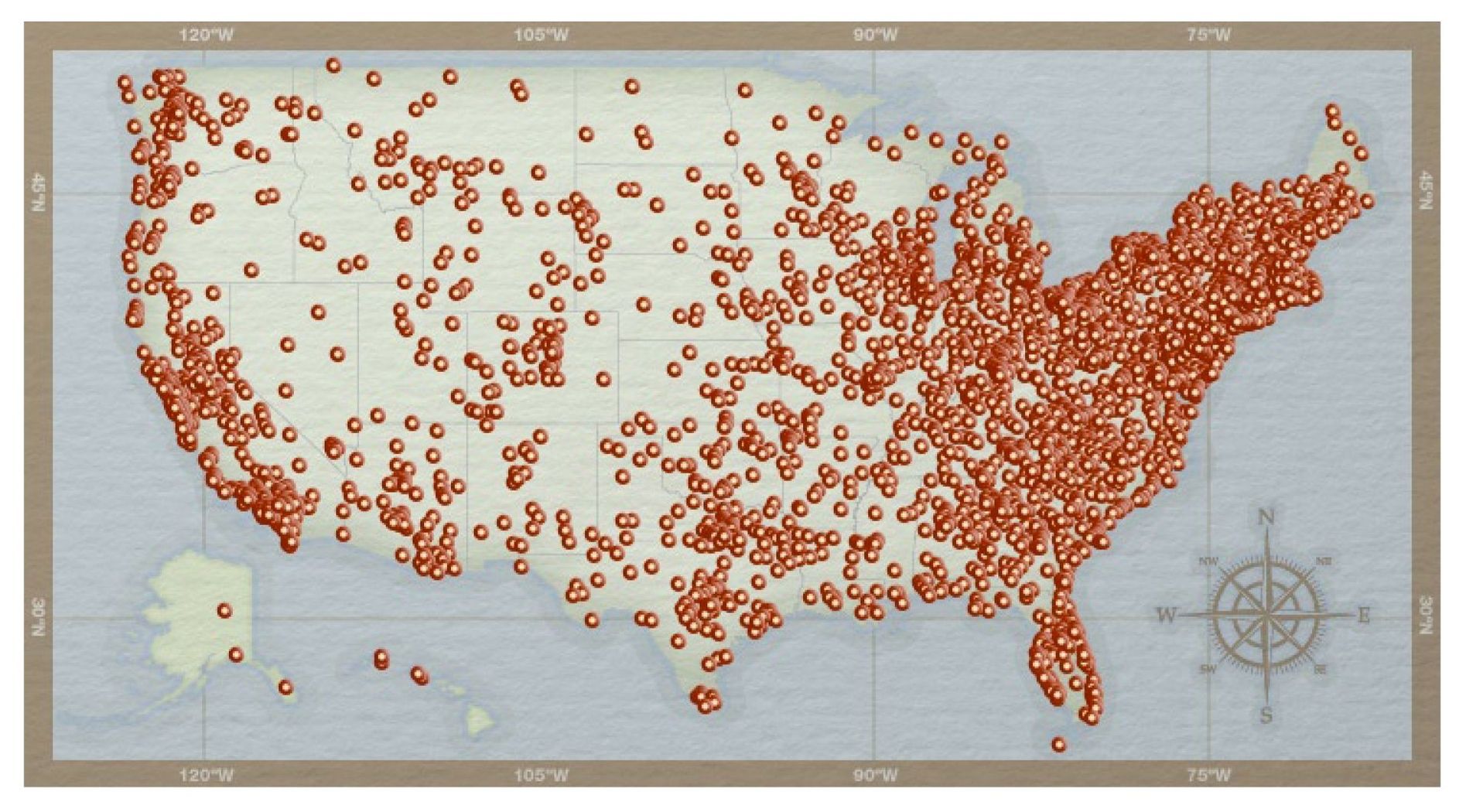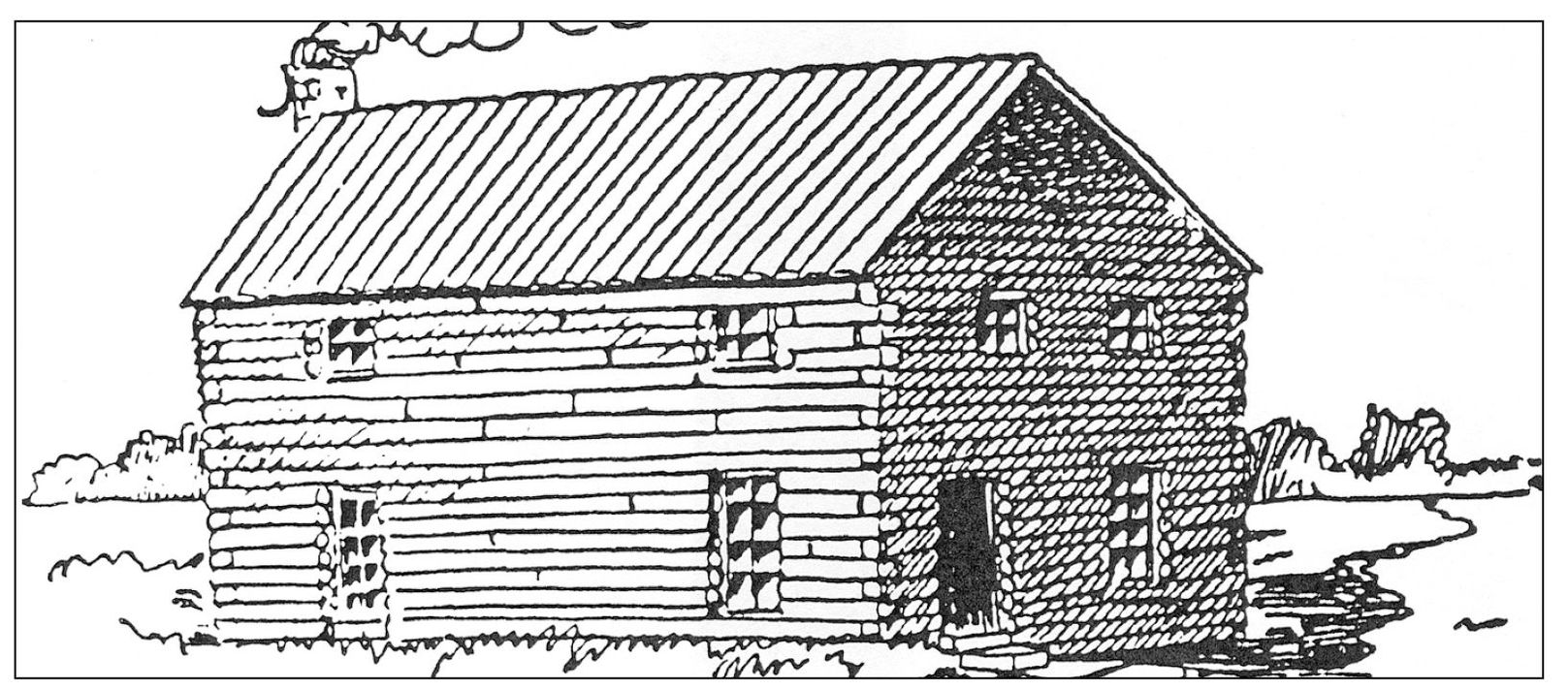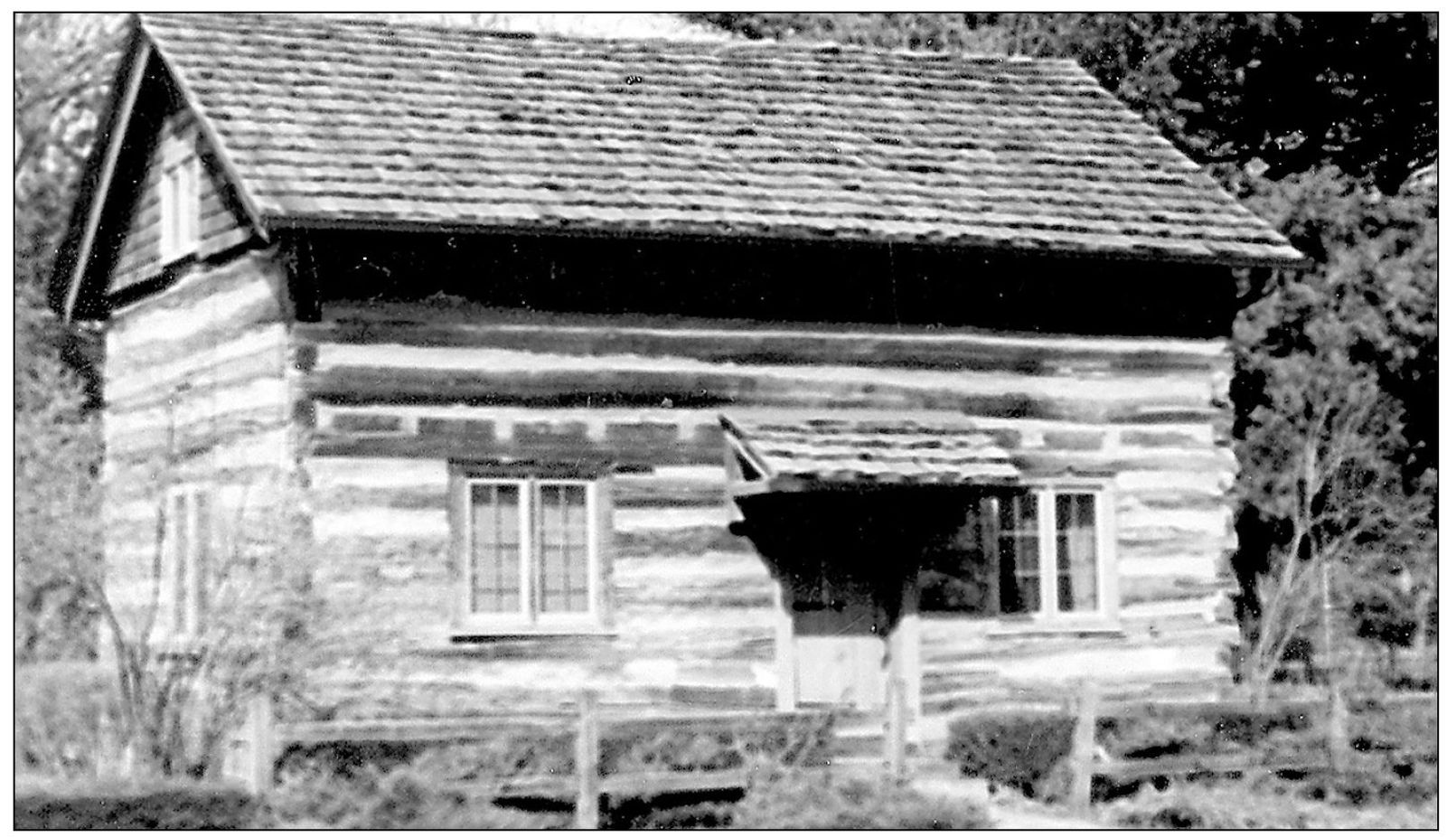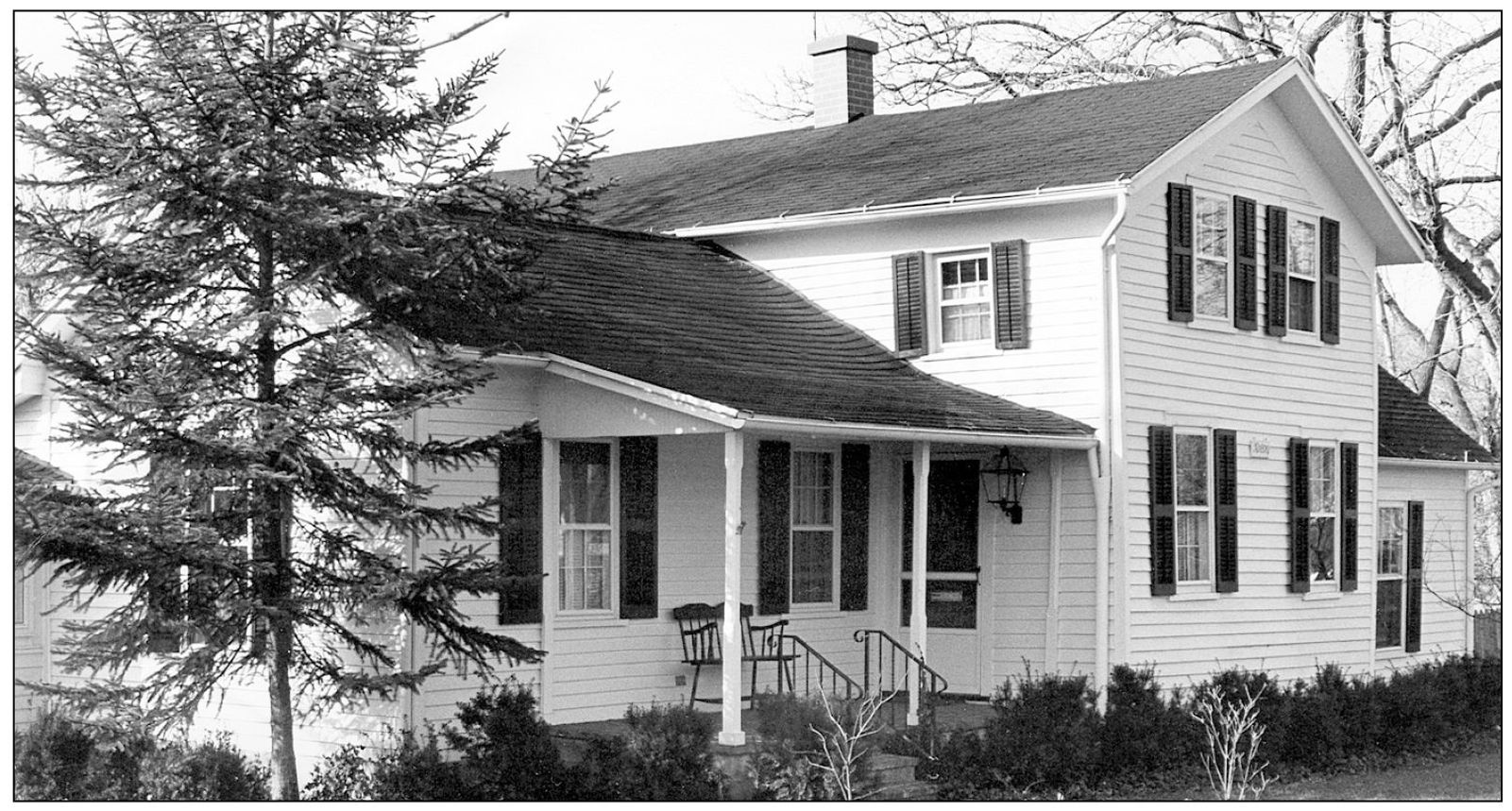Boyd - Perrysburg: Historic Architecture
Here you can read online Boyd - Perrysburg: Historic Architecture full text of the book (entire story) in english for free. Download pdf and epub, get meaning, cover and reviews about this ebook. year: 2011, publisher: Arcadia Publishing, genre: Detective and thriller. Description of the work, (preface) as well as reviews are available. Best literature library LitArk.com created for fans of good reading and offers a wide selection of genres:
Romance novel
Science fiction
Adventure
Detective
Science
History
Home and family
Prose
Art
Politics
Computer
Non-fiction
Religion
Business
Children
Humor
Choose a favorite category and find really read worthwhile books. Enjoy immersion in the world of imagination, feel the emotions of the characters or learn something new for yourself, make an fascinating discovery.
- Book:Perrysburg: Historic Architecture
- Author:
- Publisher:Arcadia Publishing
- Genre:
- Year:2011
- Rating:5 / 5
- Favourites:Add to favourites
- Your mark:
Perrysburg: Historic Architecture: summary, description and annotation
We offer to read an annotation, description, summary or preface (depends on what the author of the book "Perrysburg: Historic Architecture" wrote himself). If you haven't found the necessary information about the book — write in the comments, we will try to find it.
Congress created Perrysburg in 1816 to secure control of its strategic trading location on the largest river flowing into Lake Erie, the Maumee River, an integral waterway for shipping and also an important passageway for western migration. As a busy port and shipbuilding center, Perrysburg attracted entrepreneurial pioneers from the East, who, as they prospered, built remarkable homes, buildings, and other structures. During the World War I era, wealthy Toledo industrialists also arrived, building riverside mansions. Over 100 of this small 19th-century communitys architectural treasures still stand, and they include examples of nearly every major domestic architectural style popular from the 1820s to the 1930s. Most of the structures that make up the historical character of Perrysburg are best represented in the Historic District, which is listed on the National Register of Historic Places.
Boyd: author's other books
Who wrote Perrysburg: Historic Architecture? Find out the surname, the name of the author of the book and a list of all author's works by series.

